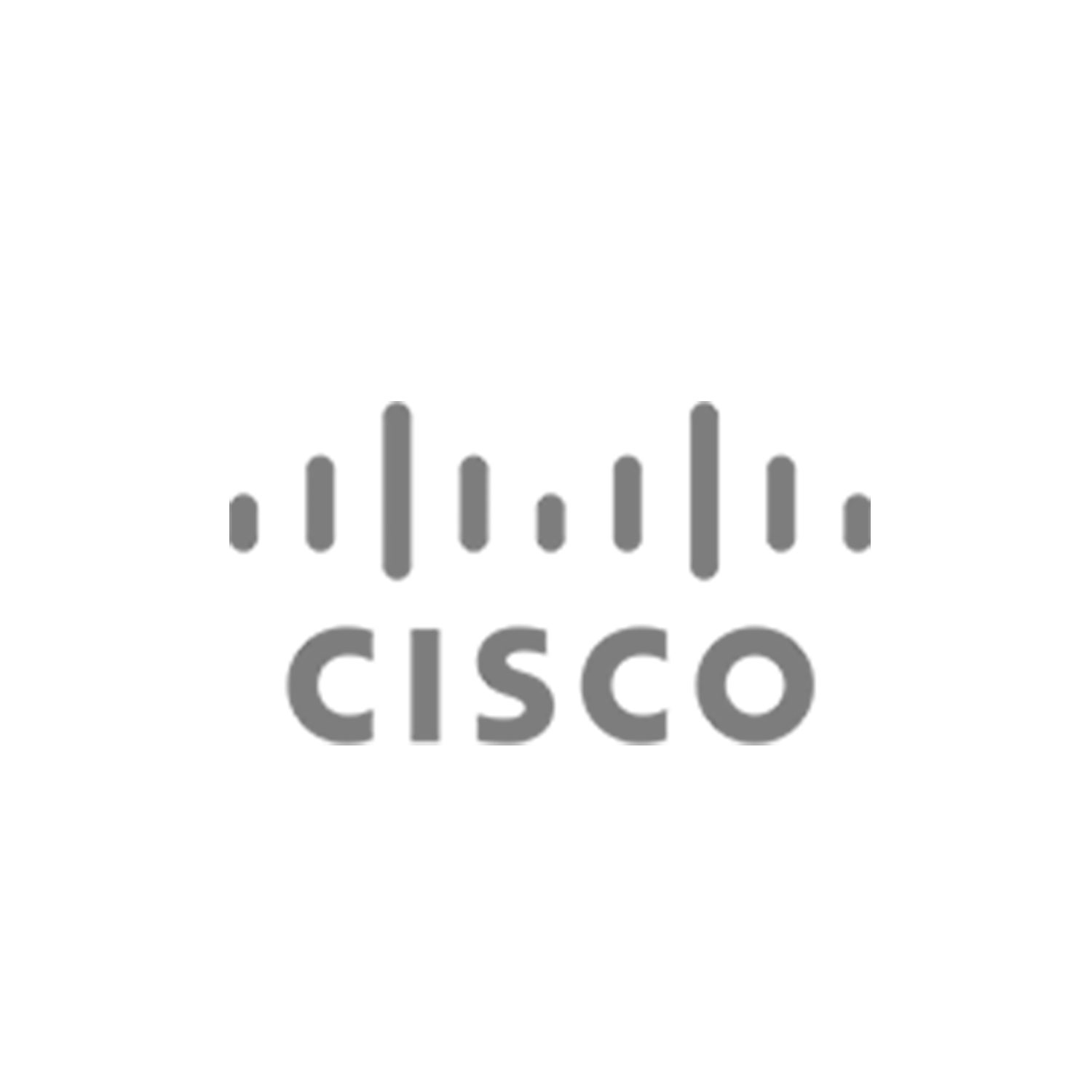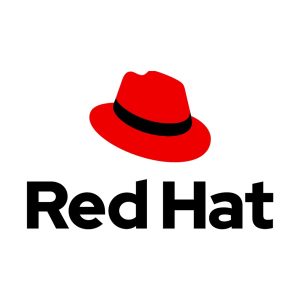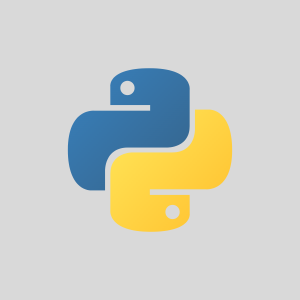Description
This course helps prepare you to take the exam: 350-801 Implementing and Operating Cisco Collaboration Core Technologies (CLCOR) After you pass this exam, you earn Cisco Certified Specialist – Collaboration Core certification and satisfy the core requirement for these certifications: CCNP Collaboration CCIE Collaboration
This course prepares you for the 300-435 Automating Cisco Enterprise Solutions (ENAUTO) certification exam. Introducing Automation for Cisco Solutions (CSAU) is required prior to enrolling in Implementing Automation for Cisco Enterprise Solutions (ENAUI) because it provides crucial foundational knowledge essential to success.
This course will help you:
Integrate and troubleshoot Cisco Unified Communications Manager with Lightweight Directory Access Protocol (LDAP) for user synchronization and user authentication
Implement Cisco Unified Communications Manager provisioning features
Configure and troubleshoot collaboration endpoints
Earn 64 credits toward recertification
Who should attend
Students preparing to take the CCNP Collaboration certification
Network administrators
Network engineers
Systems engineers
Certifications
This course is part of the following Certifications:
Cisco Certified Network Professional Collaboration
CCIE Collaboration
Prerequisites
Before taking this course, you should have the following knowledge and skills:
Working knowledge of fundamental terms of computer networking, including LANs, WANs, switching, and routing
Basics of digital interfaces, Public Switched Telephone Networks (PSTNs), and Voice over IP (VoIP)
Fundamental knowledge of converged voice and data networks and Cisco Unified Communications Manager deployment
The Understanding Cisco Collaboration Foundations (CLFNDU) course will help you obtain these skills and knowledge.
Course Objectives
After taking this course, you should be able to:
Describe the Cisco Collaboration solutions architecture
Compare the IP Phone signaling protocols of Session Initiation Protocol (SIP), H323, Media Gateway Control Protocol (MGCP), and Skinny Client Control Protocol (SCCP)
Integrate and troubleshoot Cisco Unified Communications Manager with LDAP for user synchronization and user authentication
Implement Cisco Unified Communications Manager provisioning features
Describe the different codecs and how they are used to transform analogue voice into digital streams
Describe a dial plan, and explain call routing in Cisco Unified Communications Manager
Implement Public Switched Telephone Network (PSTN) access using MGCP gateways
Implement a Cisco gateway for PSTN access
Configure calling privileges in Cisco Unified Communications Manager
Implement toll fraud prevention
Implement globalized call routing within a Cisco Unified Communications Manager cluster
Implement and troubleshoot media resources in Cisco Unified Communications Manager
Describe Cisco Instant Messaging and Presence, including call flows and protocols
Describe and configure endpoints and commonly required features
Configure and troubleshoot Cisco Unity Connection integration
Configure and troubleshoot Cisco Unity Connection call handlers
Describe how Mobile Remote Access (MRA) is used to allow endpoints to work from outside the company
Analyze traffic patterns and quality issues in converged IP networks supporting voice, video, and data traffic
Define QoS and its models
Implement classification and marking
Configure classification and marking options on Cisco Catalyst® switches
Follow On Courses
Implementing Cisco Advanced Call Control and Mobility Services (CLACCM)
Implementing Cisco Collaboration Cloud and Edge Solutions (CLCEI)
Implementing Cisco Collaboration Applications (CLICA)
Implementing Automation for Cisco Collaboration Solutions (CLAUI)
Implementing Cisco Collaboration Conferencing (CLCNF)
Outline: Implementing and Operating Cisco Collaboration Core Technologies (CLCOR)
Describing the Cisco Collaboration Solutions Architecture
Exploring Call Signaling over IP Networks
Integrating Cisco Unified Communications Manager LDAP
Implementing Cisco Unified Communications Manager Provisioning Features
Exploring Codecs
Describing Dial Plans and Endpoint Addressing
Implementing MGCP Gateways
Implementing Voice Gateways
Configuring Calling Privileges in Cisco Unified Communications Manager
Implementing Toll Fraud Prevention
Implementing Globalized Call Routing
Implementing and Troubleshooting Media Resources in Cisco Unified Communications Manager
Describing Cisco Instant Messaging and Presence
Enabling Cisco Jabber®
Configuring Cisco Unity Connection Integration
Configuring Cisco Unity Connection Call Handlers
Describing Collaboration Edge Architecture
Analyzing Quality Issues in Converged Networks
Defining QoS and QoS Models
Implementing Classification and Marking
Configuring Classification and Marking on Cisco Catalyst Switches




